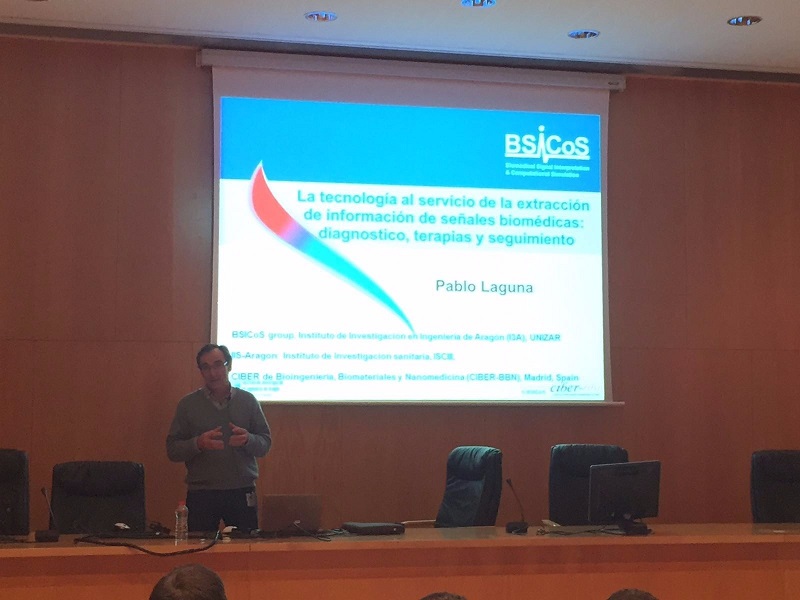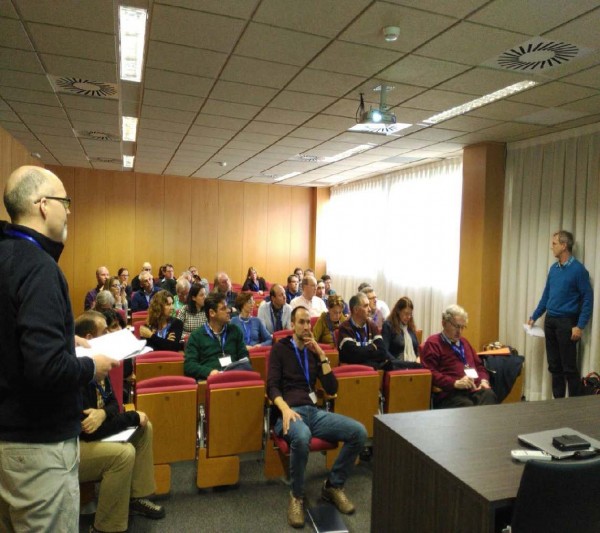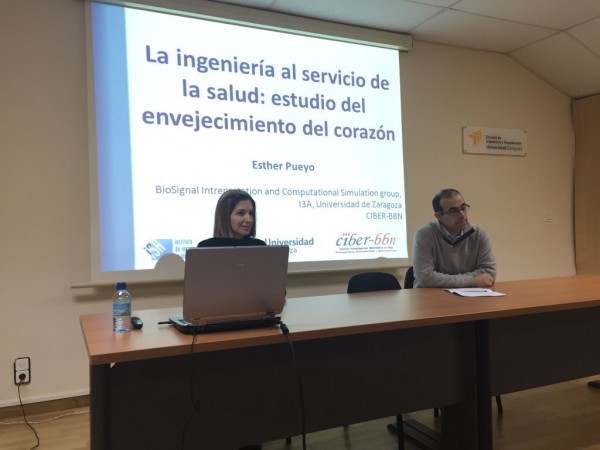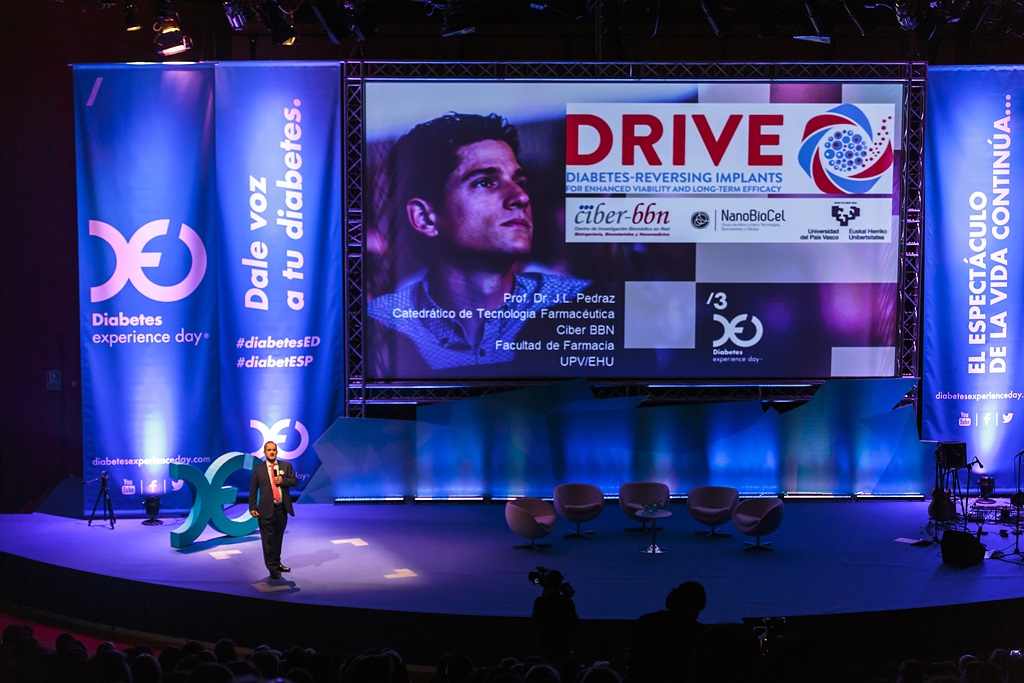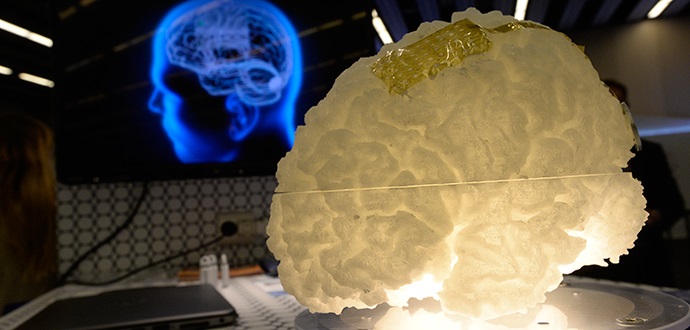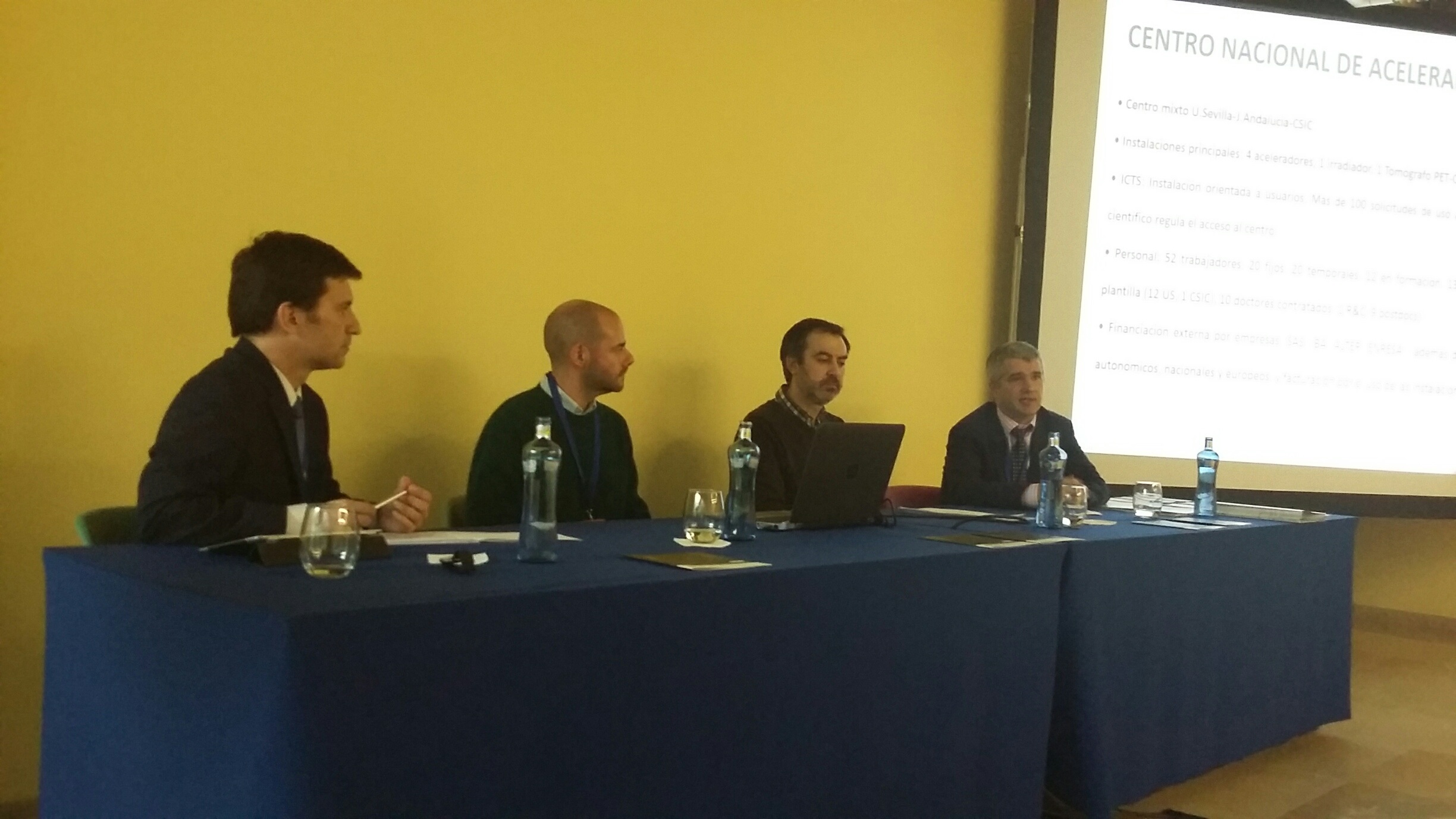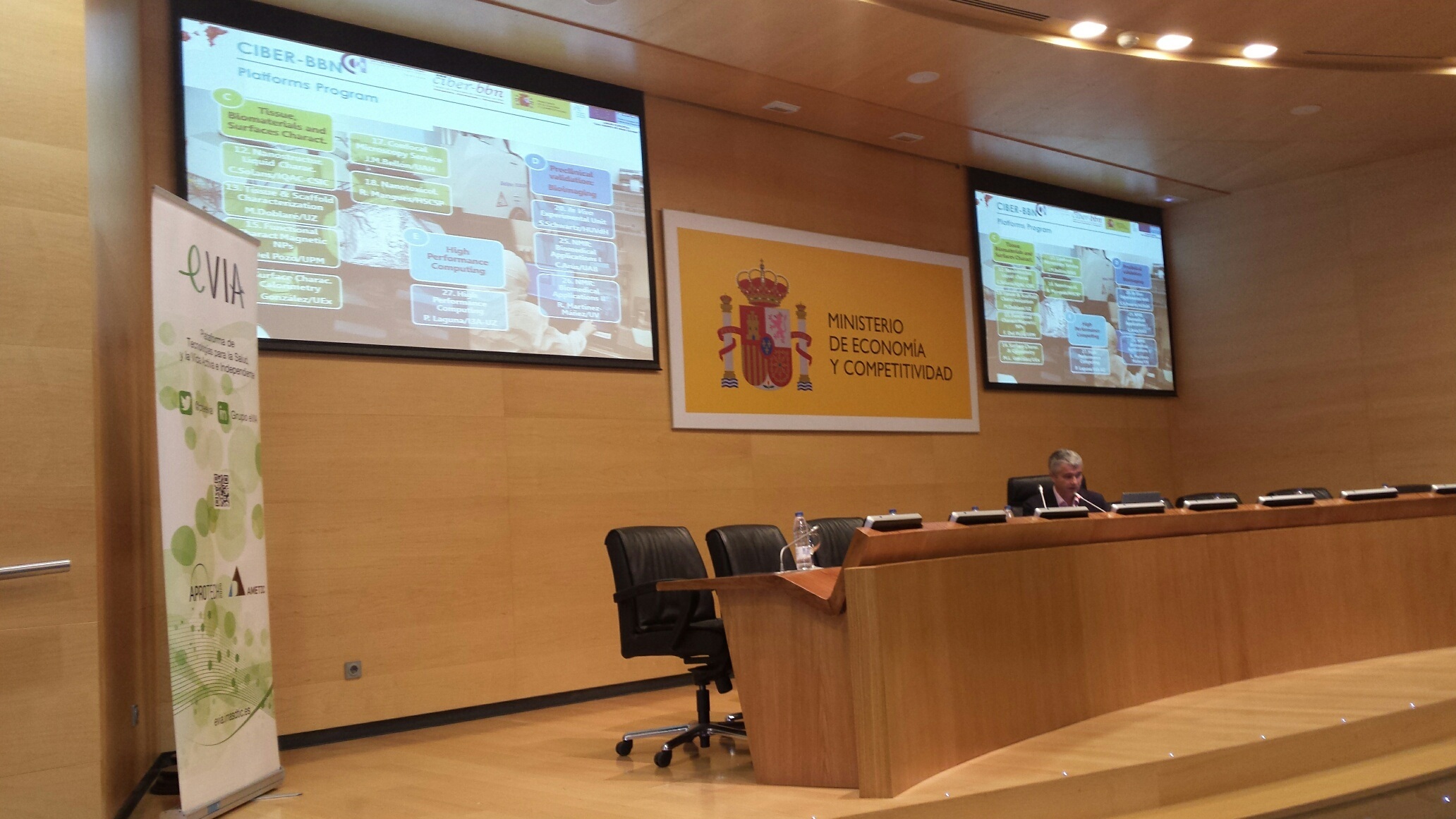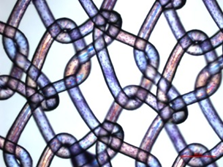Pablo Laguna, Scientific Director of the Unit 27 of NANBIOSIS, presents in the Neocom Days the research lines of the group Biomedical Signal Interpretation & Computational Simulation (BSICoS) of CIBER-BBN and I3A of University of Zaragoza.
NEOCOM DAYS are organized by the Alumni Association of Telecommunications at the University of Zaragoza (AATUZ) in order to gather once a year companies, students and teachers to pool developments in the sector of new technologies in the field of Communications.
